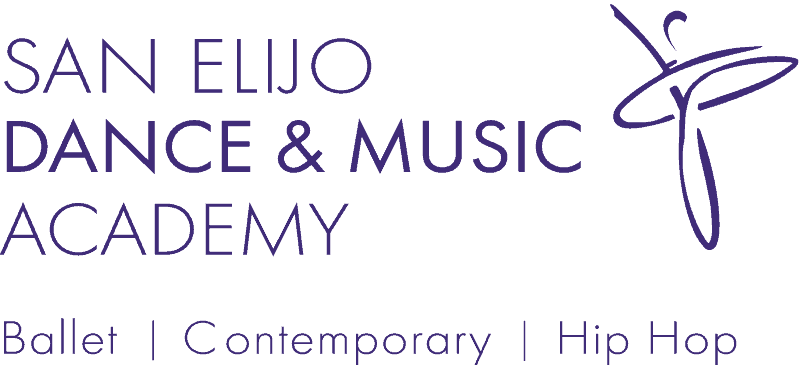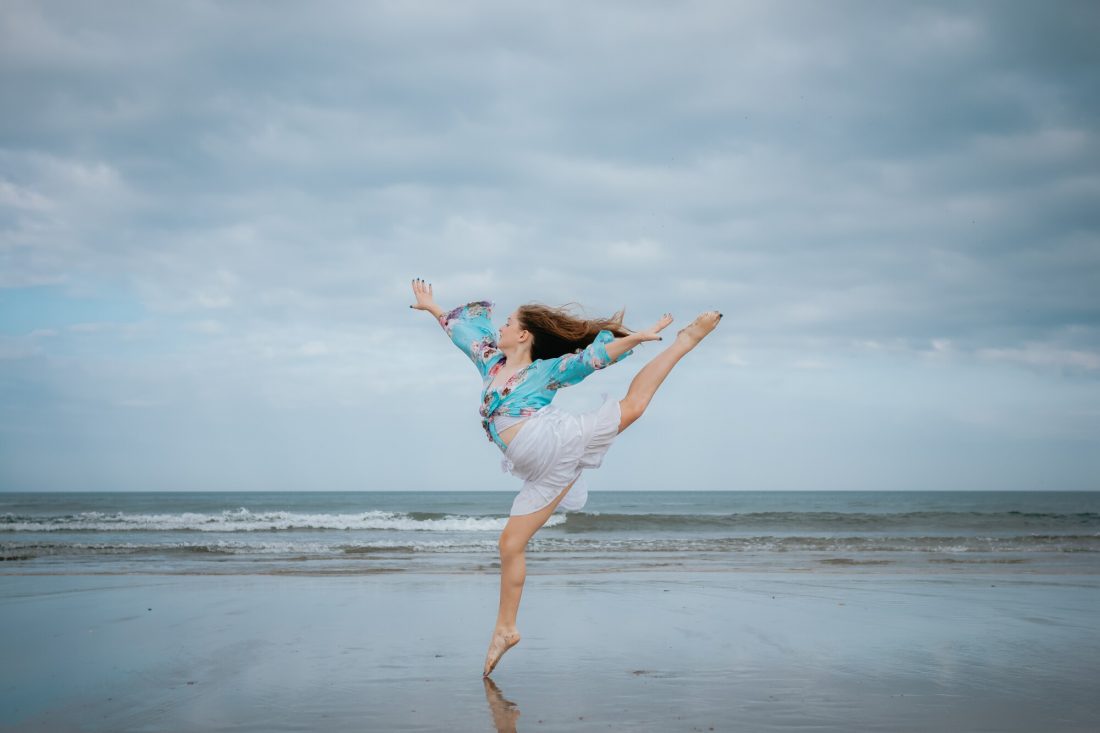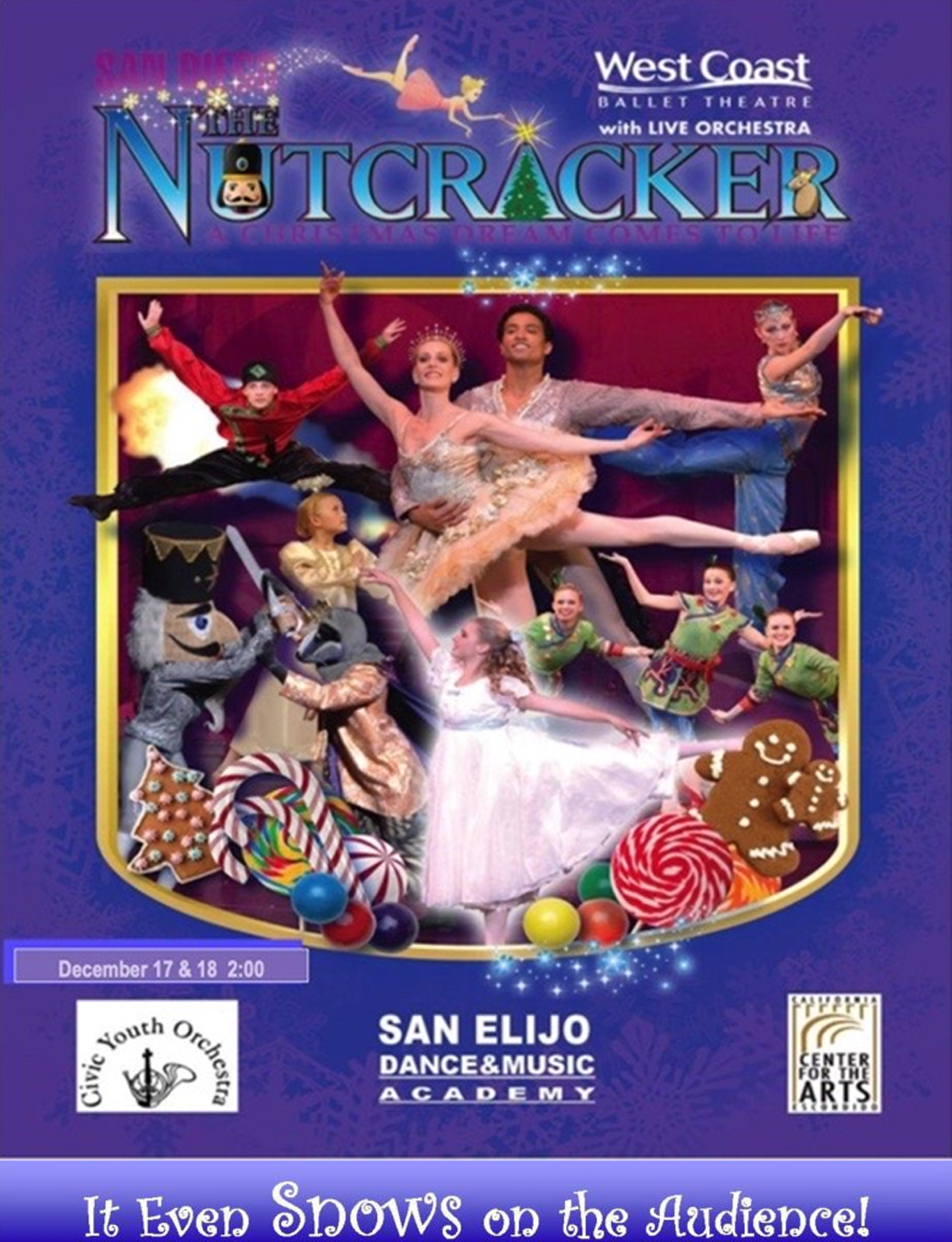We all know dancing is an excellent form of aerobic exercise, but did you know that moving and listening to music improves your health in other ways?
Dancing to music can help you learn better, improve your memory, decrease fatigue, and even ease depression. Enthusiasts often describe lyrical dance as a combination of jazz and ballet. Dancers move fluidly and emotively to a carefully selected piece of music.
Of course, now you’re probably wondering whether lyrical dance has these same benefits. Read on to get all the answers to that burning question: What is lyrical dance?
A Brief History of Lyrical Dance
The origins of lyrical dance are shrouded in mystery.
Famed artistic director and choreographer Jimmy Peters has suggested the artform was born of the “dream ballet” acts common in pioneering 1940s and 1950s musicals like Oklahoma and West Side Story. Noted dance educator Chelya Clawson thinks the term has its origins in traditional Indian dance, while another source places its origins in Russia. And Phyllis Balanga-Demoret, a lyrical dance innovator, says it was the dance competition circuit’s answer to ballet.
Wherever this transcendental dance form came from, it’s clear that while it first rose to popularity in the 1970s, it really exploded in the mid-1990s. TV shows like So You Think You Can Dance and blockbuster productions like Cirque du Soleil further popularized lyrical dance. The emotional stories the dancers play out through acrobatic movements, leaps, and turns appealed to audiences and performers alike.
By the 2000s, almost every dance school in America had added lyrical dance to their roster.
The most famous lyrical dancers are also excellent jazz dancers or ballet artists. They bring their skills from other dance forms into lyrical dance, meaning this dynamic art form is ever-evolving. For example, dancers usually perform at a tempo that’s faster than ballet but slower than jazz.
How Is Lyrical Dance Practiced Today?
Today, lyrical style dance is a well-established genre of modern or contemporary dance.
A lyrical dancer is trying to convey their emotions a song stirs in them into movement. This requires precise yet fluid movements of the body, but the dancer’s emotions should also clearly show in their facial expressions. The choreography evolves as much to the tempo of the song as it is to the lyrics.
Dancers are often drawn to lyrical dance because it offers a chance to express individuality–much more so than the often rigid conventions of ballet or jazz. With lyrical jazz, you get the rare opportunity to tell your audience a heartfelt, sometimes very personal story through movement.
Adult performers might lean toward minimalist compositions like those of Philip Glass or Steve Reich. And recently, African music has become popular. Young performers usually choose to dance to their favorite pop songs.
There’s another benefit to choosing to take up lyrical dance. You or your child will be the star of the show! The lyric recital pieces are almost always the most anticipated performances at dance studio recitals due to their moving interpretations of music and thoughtful choreography.
What Can Lyrical Dance Do For You?
Lyrical dance is a hybrid art form that combines the best of a wide range of popular dance styles. But is it the right dance genre for you? We think you’ll find it’s an ideal option for almost anyone.
Build on What You Know
If you or your little one has experience with jazz, ballet, or even hip hop and ballroom, they’re likely going to excel at lyric dancing. The skills dancers learn in these other artforms transfer directly into lyrical dance.
From a sashay and fan kick to arm styling, you’ll find a lot of moves familiar. There are even new hybrid forms like “lyrical hip hop” to explore.
Of course, lyrical dance is also an excellent choice for those with no dance experience since it’s typically less physically demanding than other dance genres and focuses more on individual style. This makes it accessible for people of all ages and levels of experience.
Connect With Your Emotions
In lyrical dancing, your movements are driven by your emotions when listening to your chosen song. What a dancer is trying to do is convey the singer’s feelings to the audience through dance.
From sadness and pain to love and joy, lyrical choreographers and dancers alike try to recreate emotions on stage and encourage them from their audiences. Children, in particular, relate easily to the emotional component of lyrical dancing.
If you’re someone who connects deeply with musicians and singers, then lyrical dancing is the art form for you. Similarly, those wanting to learn to get more in touch with their emotions can consider trying out a lyrical dance class.
All Ages Access
Lyrical dance classes are an excellent choice for people at a slightly older or younger season of life.
Some dancers turn to lyrical dance after a lifetime of professional ballet. Others have left the competition world behind but want to continue pursuing their love of dance in another way. Adults or children with little experience in dance are often less intimidated by an art form that offers a lot of freedom of expression.
Though some dance studio owners believe lyrical dance might be too complicated for very young students, there are many pint-sized performers proving them wrong.
A Dance for Any Body
While some dance forms are notorious for body shaming, at least for those who reach the highest levels, lyrical dance is a welcoming practice for people of all shapes and sizes.
Of course, lyrical dance is still a demanding form. For those dancing at a competitive level, some complicated lifts and moves require a good deal of flexibility and stamina.
But if you or your child is just starting, don’t fret! Hunt around for a supportive dance studio that helps their students build their skills and fitness at a pace that suits them.
After all, dance should be a fun experience for all involved!
What Is Lyrical Dance? Try It and See!
By now, we hope you have a better understanding of the question: What is lyrical dance? It’s the right dance form for anyone wanting to pursue an activity that builds their fitness and confidence, provides an opportunity for performance, and allows them to connect better with their emotions.
Still on the fence about whether lyrical dance is the right choice for you or your child? Contact San Elijo Dance & Music Academy in San Marcos, CA, with your questions today!


